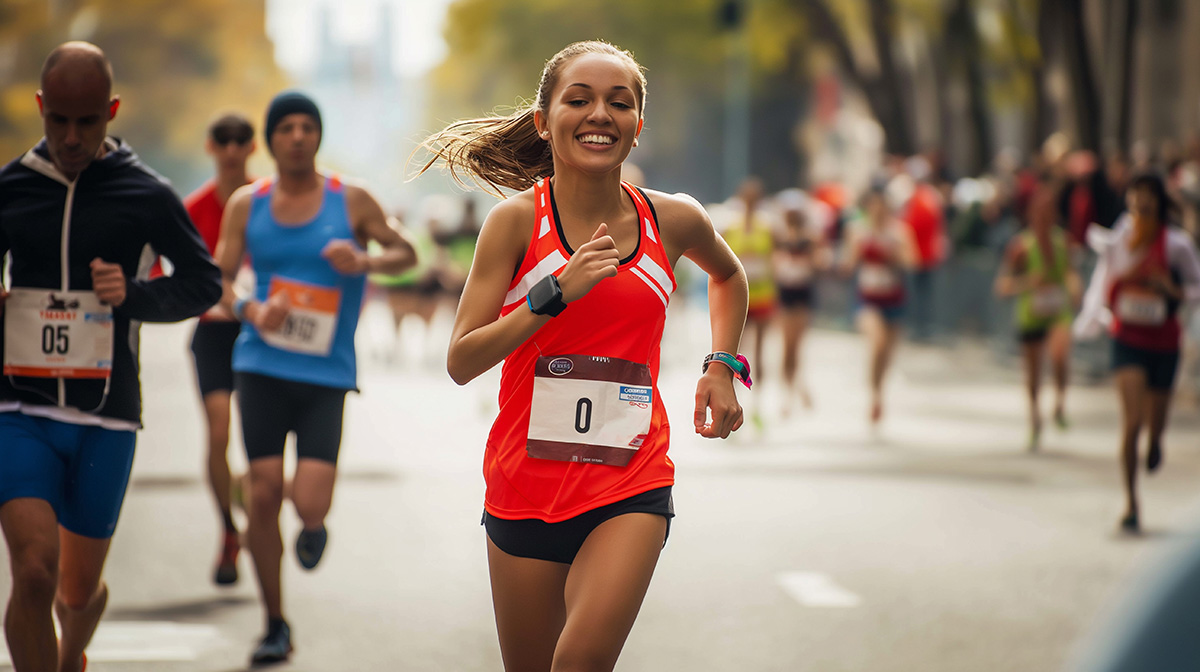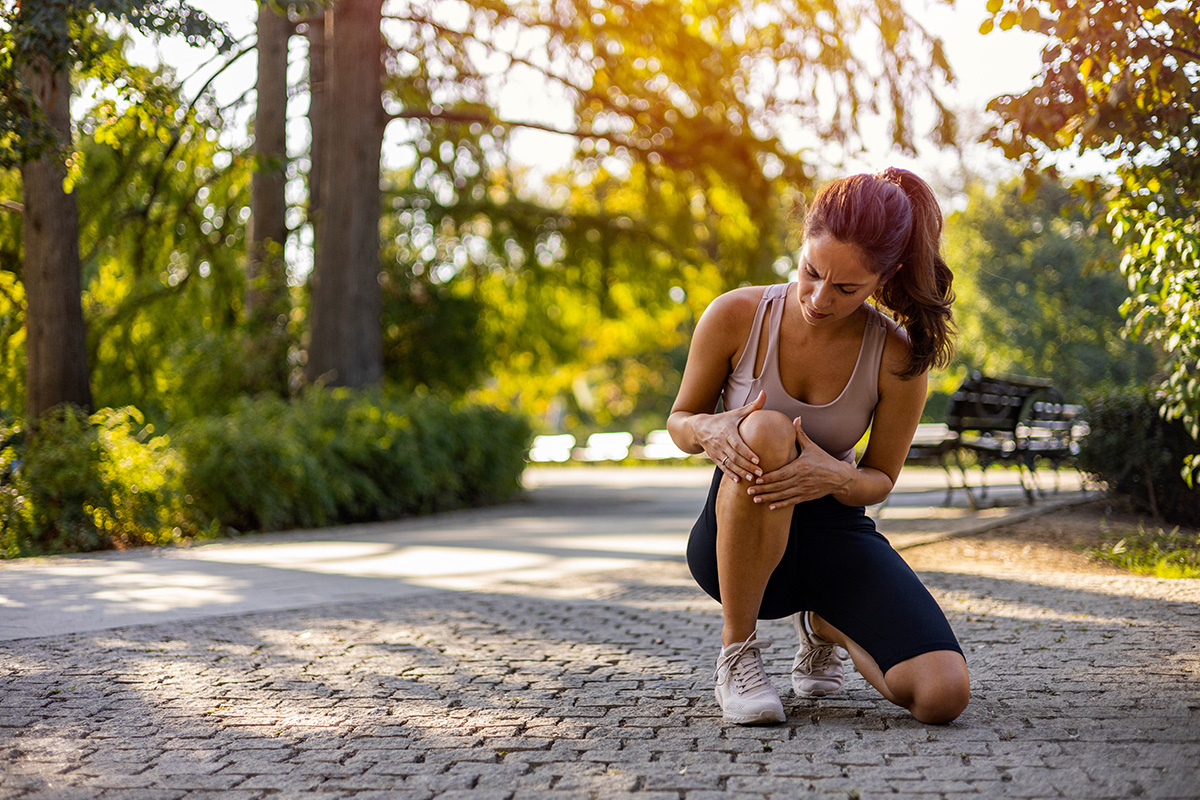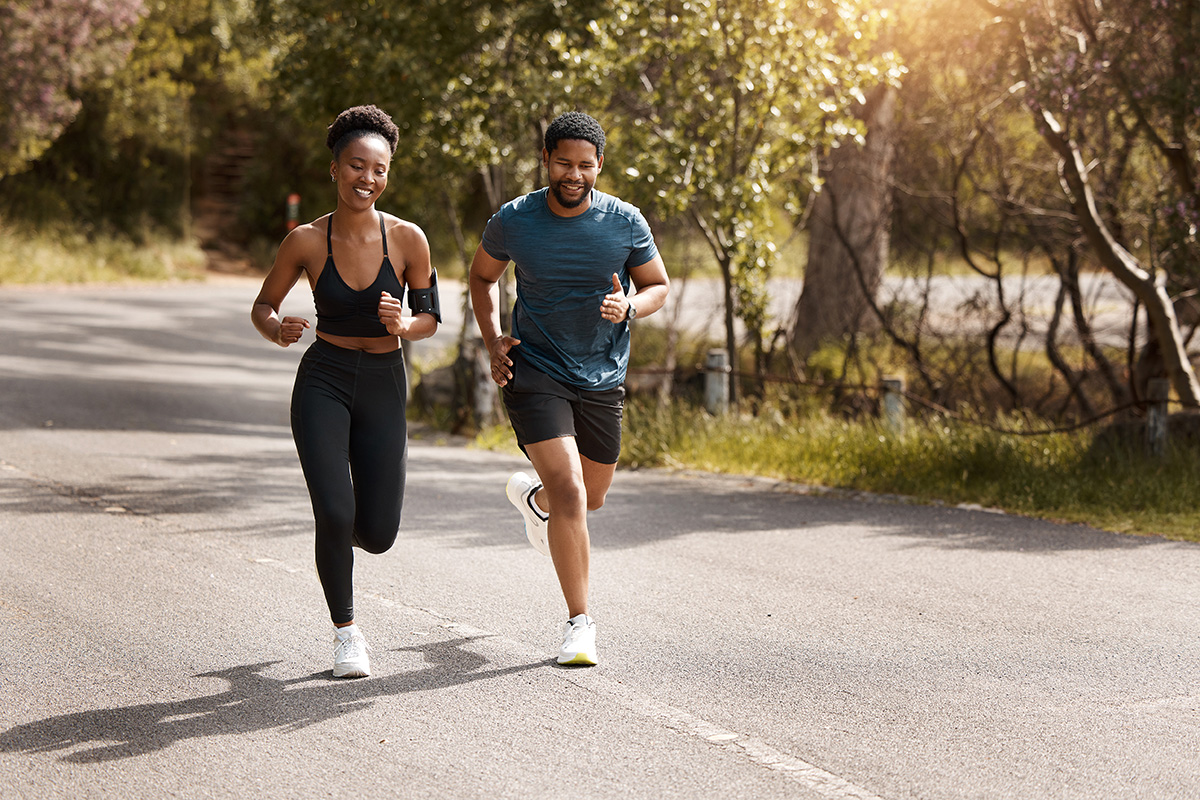
Running is one of the most accessible and rewarding forms of exercise. Whether you’re training for a marathon, jogging for fitness, or sprinting on the track, running places unique demands on the body. The repetitive impact on joints, muscles, and connective tissues can lead to a range of challenges, from soreness and tightness to overuse injuries. This is where acupuncture—a cornerstone of Traditional Chinese Medicine (TCM)—has emerged as a powerful ally for runners seeking recovery, pain relief, and performance optimization.
In this article, we’ll explore the science and practice of acupuncture, examine its specific benefits for runners, and provide practical guidance for incorporating it into a training routine.
Understanding Acupuncture
What Is Acupuncture?
Acupuncture involves the insertion of fine, sterile needles into specific points on the body, known as acupoints. In TCM, these points lie along meridians—pathways through which qi (vital energy) flows. Blockages or imbalances in qi are thought to contribute to pain and dysfunction. By stimulating these acupoints, acupuncture aims to restore balance, promote circulation, and enhance healing.
From a Western medical perspective, acupuncture stimulates nerves, muscles, and connective tissue. Research suggests it can increase blood flow, trigger the release of endorphins (natural painkillers), reduce inflammation, and modulate the nervous system.
Why Runners Are Turning to Acupuncture
Running can be exhilarating, but it’s also demanding. Here are some reasons runners are embracing acupuncture:
- Chronic tightness and soreness: Repetitive movement can create imbalances, leaving muscles stiff or tender.
- Overuse injuries: Shin splints, plantar fasciitis, IT band syndrome, and Achilles tendonitis are common running-related issues.
- Performance plateaus: When progress stalls, acupuncture can provide a reset by reducing tension and enhancing recovery.
- Stress management: Mental resilience is as important as physical strength in running. Acupuncture helps reduce stress and improve sleep.
The Benefits of Acupuncture for Runners
1. Pain Relief and Injury Recovery
One of acupuncture’s most well-documented effects is pain reduction. For runners dealing with shin splints, knee pain, or strained muscles, acupuncture can:
- Stimulate endorphin release to reduce pain perception.
- Increase local circulation, delivering oxygen and nutrients to injured tissues.
- Relax tight muscles and break up adhesions in fascia.
Studies have shown that acupuncture is effective in reducing musculoskeletal pain, making it a valuable adjunct to physical therapy and rest.
2. Improved Circulation and Faster Recovery
Running creates micro-tears in muscles that need time and resources to repair. Acupuncture enhances blood flow and lymphatic drainage, speeding up recovery. This means:
- Reduced post-run soreness (delayed onset muscle soreness, or DOMS).
- Shorter recovery windows between training sessions.
- Lower risk of lingering fatigue.
3. Reduction of Inflammation
Inflammation is a double-edged sword: it’s part of healing but can be painful and slow progress if excessive. Acupuncture has been shown to modulate inflammatory pathways, helping runners manage conditions like:
- Plantar fasciitis
- Achilles tendonitis
- Runner’s knee (patellofemoral pain syndrome)
By controlling inflammation, acupuncture helps runners get back to training sooner.
4. Enhanced Flexibility and Mobility
Tight hip flexors, hamstrings, and calves are common issues for runners. Acupuncture, particularly when combined with dry needling techniques, can:
- Release trigger points (knots) in muscles.
- Improve joint range of motion.
- Reduce compensatory movement patterns that lead to injury.
5. Stress Relief and Mental Focus
Running isn’t just physical—it’s deeply mental. Pre-race anxiety, training stress, and lifestyle pressures can take a toll. Acupuncture helps by:
- Activating the parasympathetic nervous system (“rest and digest” mode).
- Regulating cortisol levels, reducing stress.
- Promoting deeper, more restorative sleep.
Runners often report feeling calmer, more focused, and mentally resilient after regular acupuncture treatments.
6. Hormonal and Energy Balance
For long-distance runners especially, hormonal balance is critical. Excessive training can disrupt menstrual cycles, testosterone levels, or thyroid function. Acupuncture helps regulate endocrine function and restore balance, supporting:
- Stable energy levels.
- Improved recovery.
- Healthy immune function.
Common Running Injuries Acupuncture Can Address

Shin Splints
- Acupuncture reduces inflammation and pain in the tibialis anterior and surrounding muscles.
- It encourages healing in overworked connective tissue.
IT Band Syndrome
- Needling points around the hip and thigh releases tension in the tensor fasciae latae and gluteal muscles.
- Helps restore proper biomechanics.
Plantar Fasciitis
- Local needling in the foot and calf relaxes the plantar fascia.
- Increases blood supply to the heel and arch.
Runner’s Knee
- Targets quadriceps imbalances and improves patellar tracking.
- Reduces inflammation around the knee joint.
Achilles Tendonitis
- Encourages blood flow to the relatively avascular Achilles tendon.
- Reduces stiffness and accelerates repair.
Integrating Acupuncture Into a Training Program
How Often Should Runners Get Acupuncture?
- Injury recovery: 1–2 times per week until symptoms improve.
- Maintenance and prevention: Every 2–4 weeks during training cycles.
- Pre-race preparation: A session a few days before competition to reduce tension and calm nerves.
What to Expect in a Session
- Assessment: The practitioner will ask about training, injuries, and goals.
- Treatment: Fine needles are inserted into local pain sites and systemic points. Sessions typically last 30–60 minutes.
- Post-session effects: Many runners feel immediate relaxation. Some soreness may occur but usually fades quickly.
Complementary Practices
To maximize benefits, acupuncture pairs well with:
- Massage therapy: For additional soft tissue release.
- Physical therapy: To address biomechanics and strengthen weak areas.
- Yoga or stretching: For long-term flexibility and mobility.
- Nutrition: To support recovery at the cellular level.
Scientific Evidence and Research
While acupuncture’s roots are thousands of years old, modern science has begun to validate its benefits for athletes:
- Pain reduction: Multiple meta-analyses show acupuncture is effective for chronic musculoskeletal pain.
- Inflammation: Research highlights acupuncture’s ability to regulate cytokines, key players in inflammation.
- Performance: Some studies suggest acupuncture improves muscle endurance and reduces fatigue markers like lactate.
Though more large-scale research is needed, the growing body of evidence supports acupuncture as a valuable tool for runners.
Case Studies and Anecdotal Evidence
- Marathon runners: Many elite and recreational marathoners use acupuncture during training cycles to prevent injuries and recover between long runs.
- Sprinters: Quick bursts of speed can strain hamstrings and calves; acupuncture helps release tightness and maintain explosive performance.
- Trail runners: Uneven terrain often leads to ankle issues. Acupuncture supports joint stability and faster recovery.
Potential Risks and Considerations
Acupuncture is generally safe when performed by licensed practitioners, but runners should keep in mind:
- Soreness or bruising: Minor and temporary side effects.
- Not a quick fix: It works best as part of a holistic training and recovery plan.
- Find the right practitioner: Seek someone experienced in sports medicine acupuncture.
Practical Tips for Runners Considering Acupuncture

- Start early: Don’t wait until an injury sidelines you—use acupuncture preventively.
- Communicate openly: Tell your acupuncturist about your mileage, goals, and any pain.
- Combine strategies: Acupuncture is most powerful when integrated with other recovery tools.
- Listen to your body: Track how you feel after sessions and adjust frequency accordingly.
Conclusion
For runners, acupuncture offers a unique blend of pain relief, recovery enhancement, and holistic balance. By improving circulation, reducing inflammation, and promoting both physical and mental resilience, acupuncture addresses the multifaceted demands of running. While it’s not a replacement for good training practices, strength work, and proper nutrition, acupuncture is an invaluable tool in a runner’s toolkit.
Whether you’re an elite competitor or a casual jogger, acupuncture can help you run stronger, recover faster, and enjoy the sport you love for years to come.

Lee Schwalb is a licensed acupuncturist in New York City with over 20 years of clinical experience, treating a broad range of health issues, from idiopathic pain and acute injuries to stress, anxiety and many other conditions.

